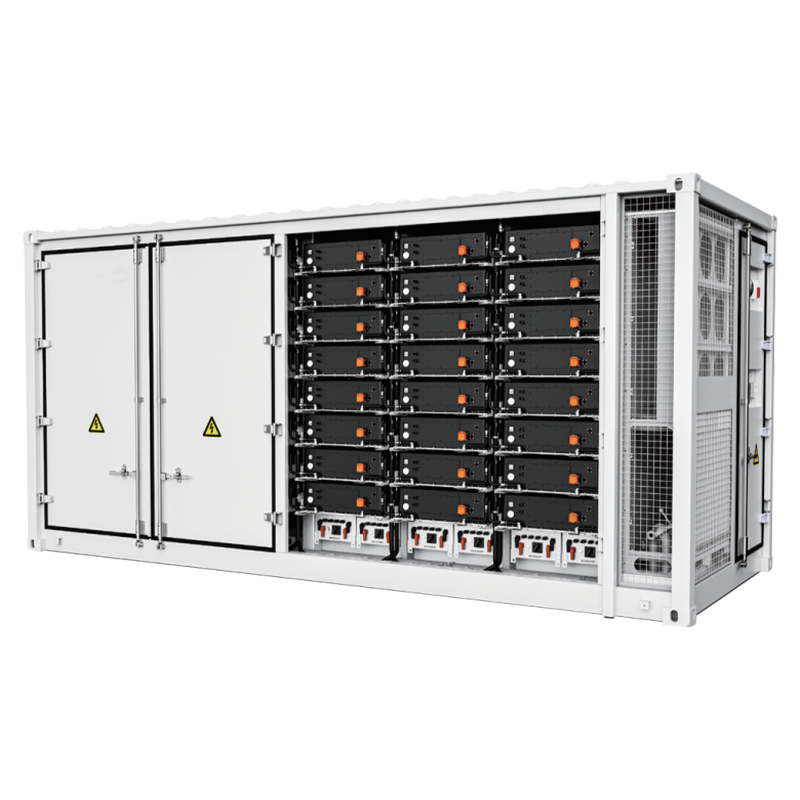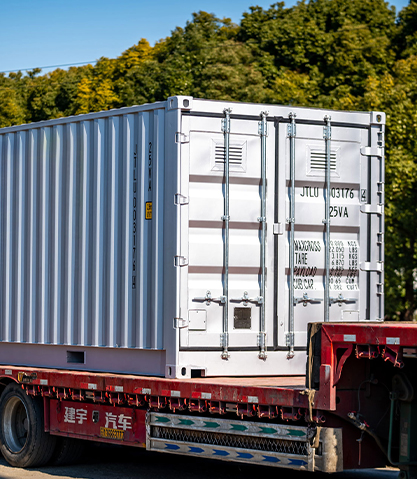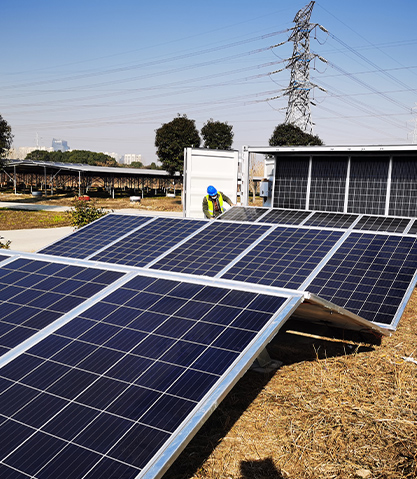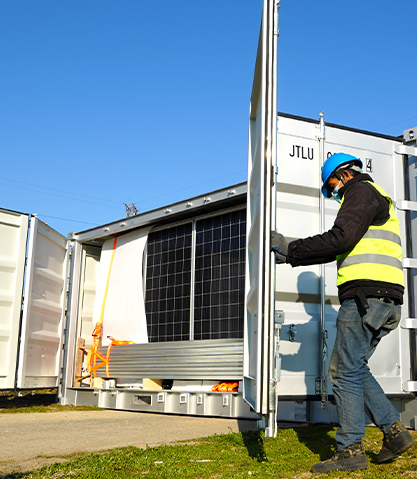The energy storage landscape is evolving rapidly, driven by the need for grid stability and renewable energy integration. Two prominent solutions are Battery Energy Storage System (BESS) containers and traditional, site-built battery storage systems. While both store electrical energy, their design, deployment, and operational characteristics differ significantly.

Here’s a breakdown of the key differences:
1.Form Factor & Design Philosophy:
-
-
BESS Container: The defining feature is its use of standardized shipping containers (typically 20ft or 40ft). These are pre-fabricated, modular units manufactured in a controlled factory environment. The container houses everything needed: battery racks (Li-ion is most common), Battery Management Systems (BMS), Power Conversion Systems (PCS - inverters/rectifiers), thermal management (HVAC or liquid cooling), fire suppression, safety systems, and control/communication hardware. It's a complete "plug-and-play" solution.
-
Traditional System: Built as a custom, fixed installation directly on-site. Components like battery racks, inverters, transformers, switchgear, and cooling systems are sourced individually, shipped separately, and assembled piece-by-piece within a dedicated building or enclosure (like a warehouse, purpose-built shelter, or even repurposed space). Design is highly site-specific.
-
2.Deployment Speed & Complexity:
-
-
BESS Container: Offers dramatically faster deployment. Site preparation (foundation, electrical connections) happens concurrently with factory manufacturing. Once on-site, the pre-tested container is craned into place, connected to the grid/load, and commissioned. Projects can often be operational in weeks or a few months.
-
Traditional System: Involves a longer, more complex construction process. Sequential steps include detailed engineering, site preparation, civil works (building foundations/structure), component delivery, extensive on-site assembly, wiring, integration, and testing. This process typically takes many months or even years for large systems.
-
3.Scalability & Flexibility:
-
-
BESS Container: Highly modular and scalable. Capacity is increased by simply adding more standardized container units. This allows for phased investment and easy future expansion. Containers are also mobile; they can be relatively easily disconnected, transported, and redeployed to a new location if needs change.
-
Traditional System: Scaling usually involves significant custom engineering and construction work, making it less flexible and often more costly to expand incrementally. The system is fixed to its original location; relocation is extremely difficult and expensive, often impractical.
-
4.Cost Structure:
-
-
BESS Container: Benefits from economies of scale in factory production, standardized components, and reduced on-site labor costs. Predictable manufacturing costs often lead to clearer upfront pricing. Transportation costs exist but are offset by rapid installation.
-
Traditional System: Costs can be less predictable due to site-specific variables (civil works, custom engineering, varying labor costs, potential construction delays). While component costs might be similar, the extensive on-site work generally leads to higher overall installation and commissioning costs.
-
5.Quality Control & Testing:
-
-
BESS Container: Undergoes rigorous factory acceptance testing (FAT) in a controlled environment before shipping. This ensures all integrated systems (batteries, BMS, PCS, cooling, safety) function correctly together, reducing on-site commissioning risks.
-
Traditional System: Testing is primarily done on-site after assembly ("site acceptance testing" - SAT). Integrating diverse components from different vendors on-site can introduce more complexity and potential points of failure during commissioning.
-
6.Use Cases & Applications:
-
-
BESS Container: Ideal for rapid deployment needs, projects requiring modularity/scalability, temporary installations, locations with limited space or complex permitting for buildings, and situations where future relocation might be beneficial (e.g., supporting construction sites, addressing grid congestion hotspots, temporary grid support). Dominates large-scale utility and C&I projects today.
-
Traditional System: Historically used for very large-scale, permanent installations where site-specific optimization outweighs deployment speed, or where integration into existing infrastructure (like a substation building) is essential. Can sometimes be preferred for extreme environmental conditions requiring bespoke solutions, though modern containers are highly robust.
-
In Summary:
| Feature | BESS Container | Traditional System |
| Design | Pre-fabricated, modular unit (shipping cont.) | Custom-built, fixed installation |
| Deployment | Fast (Weeks/Months), Simplified | Slow (Months/Years), Complex |
| Scalability | High (Add containers), Modular, Mobile | Lower (Custom work needed), Fixed Location |
| Cost | Lower installation costs, Predictable factory | Higher installation costs, Site-dependent |
| Quality | Rigorous Factory Testing (FAT) | Primarily Site Testing (SAT) |
| Flexibility | High (Easily redeployed) | Very Low (Fixed) |
| Ideal For | Rapid deployment, Modular growth, Mobility needs | Massive permanent sites, Integration into bldgs |
BESS containers represent a shift towards standardization, modularity, and rapid deployment, making large-scale energy storage more accessible and cost-effective. While traditional site-built systems still have niche applications, the efficiency, scalability, and speed advantages of containerized ESS solutions have made them the dominant choice for most new grid-scale and large commercial/industrial battery storage projects globally.

 English
English 中文简体
中文简体 عربى
عربى



